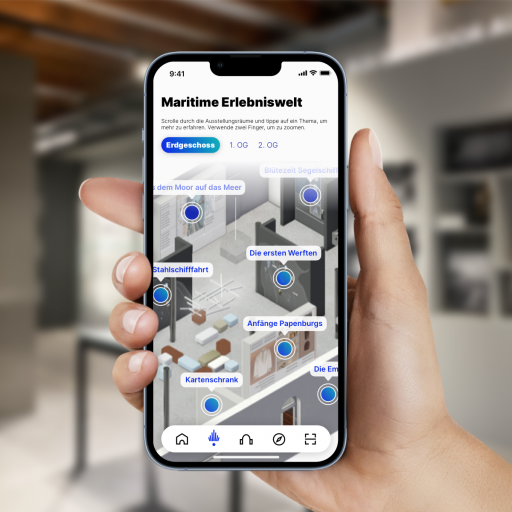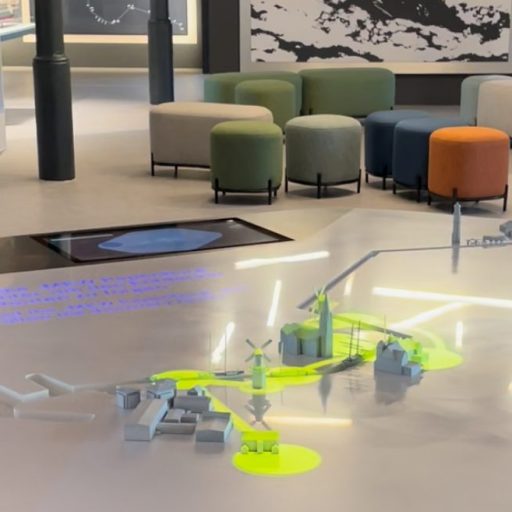Keeping up with the times: Digitization in the Culture Industry
Author: Lukas
Reading time: 5 minutes
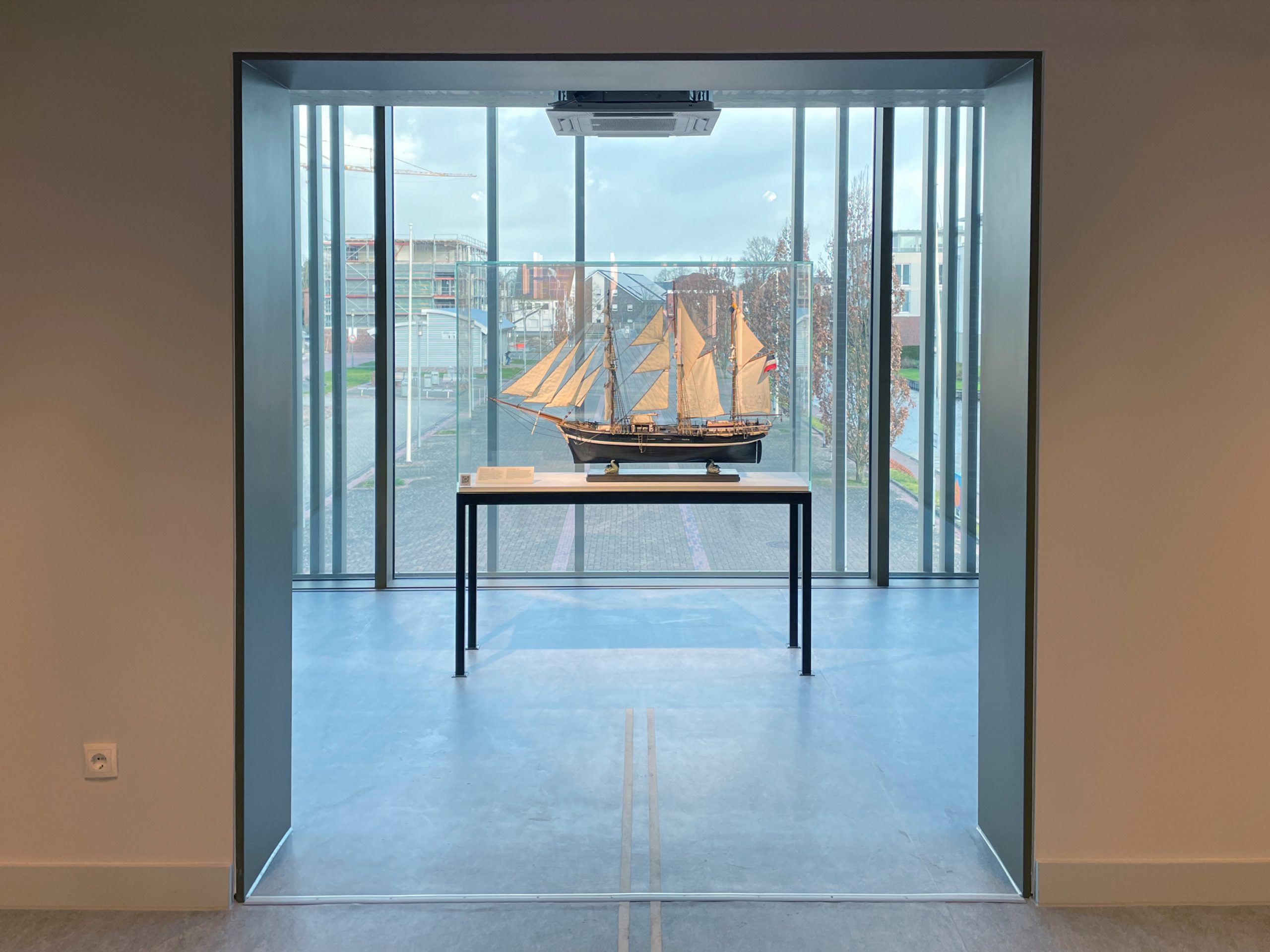
Not Quite so Digital yet
Digitization: A word that in Germany, even in 2022, can still be taken like a bad joke in the waiting area of the local citizens’ office. As we all know, things often don’t look any better in schools, and there’s also a lot of upside potential in the cultural sector. The demands and expectations of today’s society have changed fundamentally due to the digital transformation and require a rethink more than ever, especially in museums. This is because they often lack the technical know-how, time and personnel to keep up with the latest trends and technologies. But there are many opportunities in the expansion of the digital infrastructure. In the museum field, the contrast between physical and virtual visitors is increasingly fading, not least due to increased digital progress during the pandemic. The challenge is to deal with this situation accordingly and to link the physical world with the digital world. In the future, interested parties will be able to engage in dialogue with the facilities to share information and even develop new user-based content. Social media also plays an essential role in this. In this blog post on digitization, we explain how digitization in museums can look in concrete terms, which means in particular stand out, and how 7places can actively support you in this process.
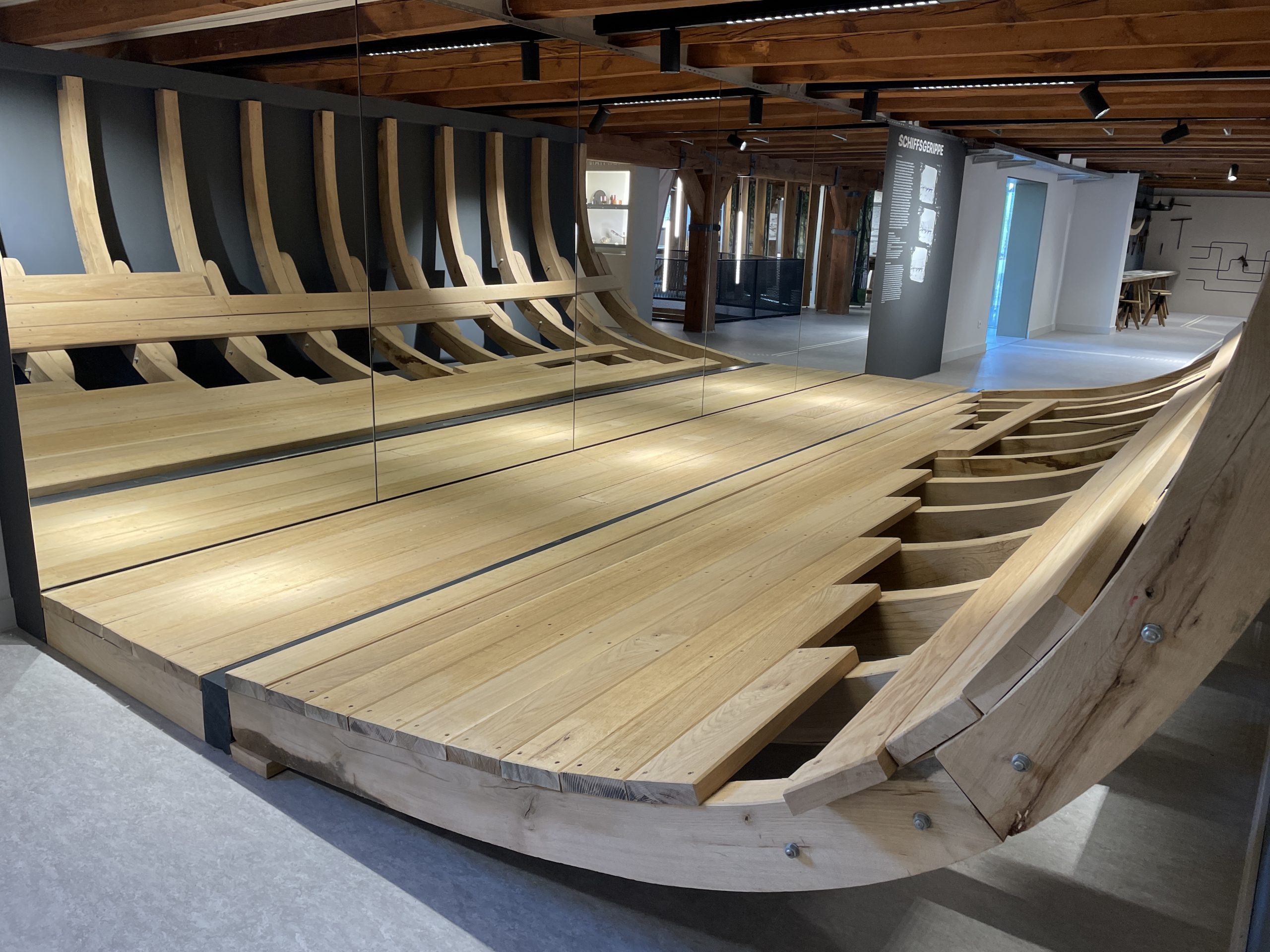
Ways of Restructuring a Museum
The goal of a successful digitization phase is to integrate appropriate technologies into the basic principles and processes. A museum doesn’t necessarily have to reinvent itself to do this. Where information used to be available in the form of descriptions, catalogs or leporellos, it is now increasingly appearing digitally. Digital documentation can bring about lasting changes in strategy and organizational structure, but also in working methods. The handling of appropriate technology should be in the foreground. In the future, the museum must see itself as an active co-creator of a digital public sphere. It is no longer about providing staged interaction spaces for the audience, but now about forming social interaction and creative spaces.
This can then give rise to creative networks for which the facilities serve as a platform and provide the necessary knowledge. The needs of employees are also coming into focus with the “New Work” concept. To maintain long-term trust in cultural employers, institutions like a museum can look to the future with confidence through digital transformation and a sophisticated system. A so-called “Learning Xperience Platform” can, in combination with the handling of knowledge as a resource, create a learning and further training opportunity tailored to the individual interests and development goals of the employees.
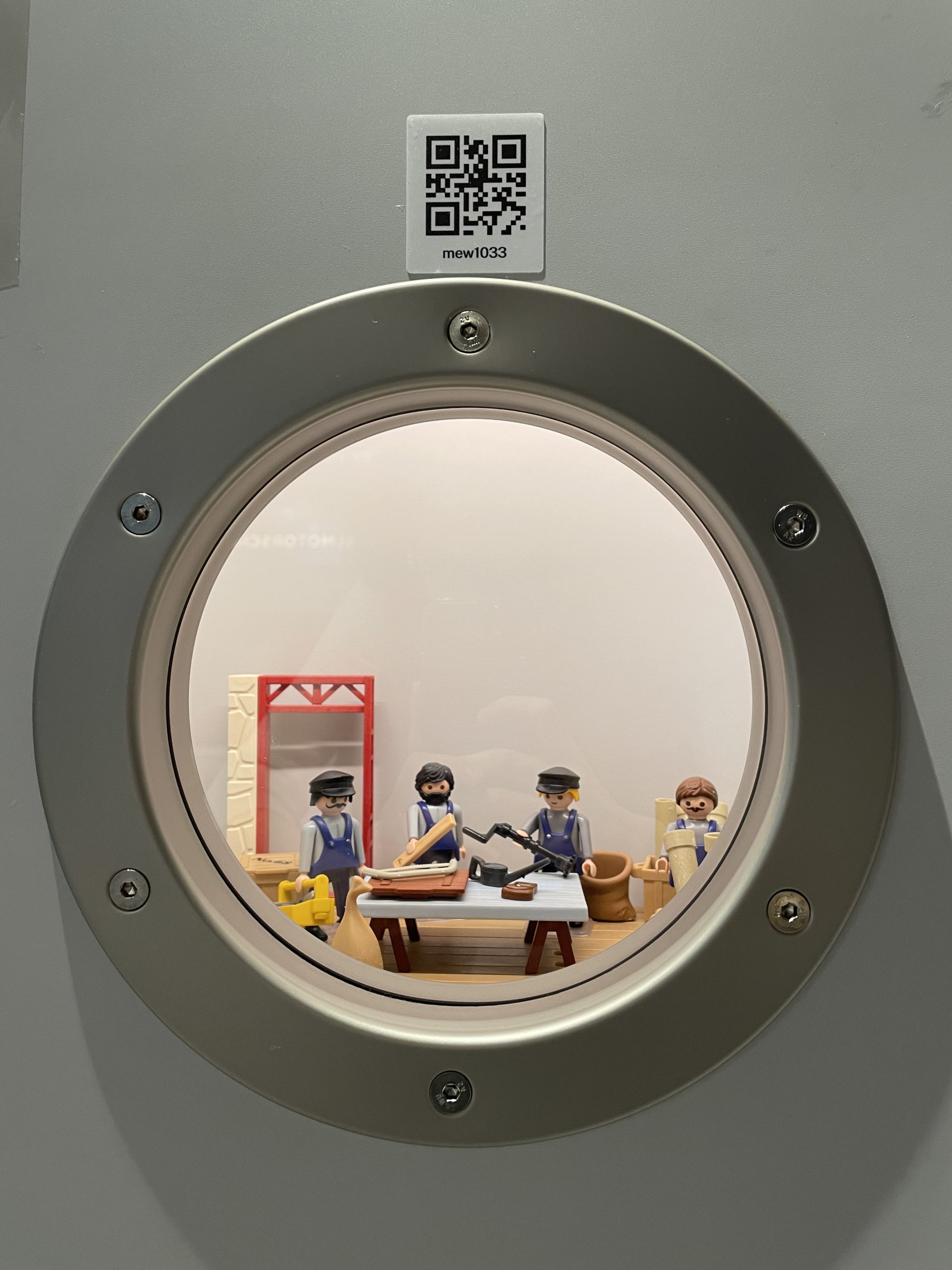
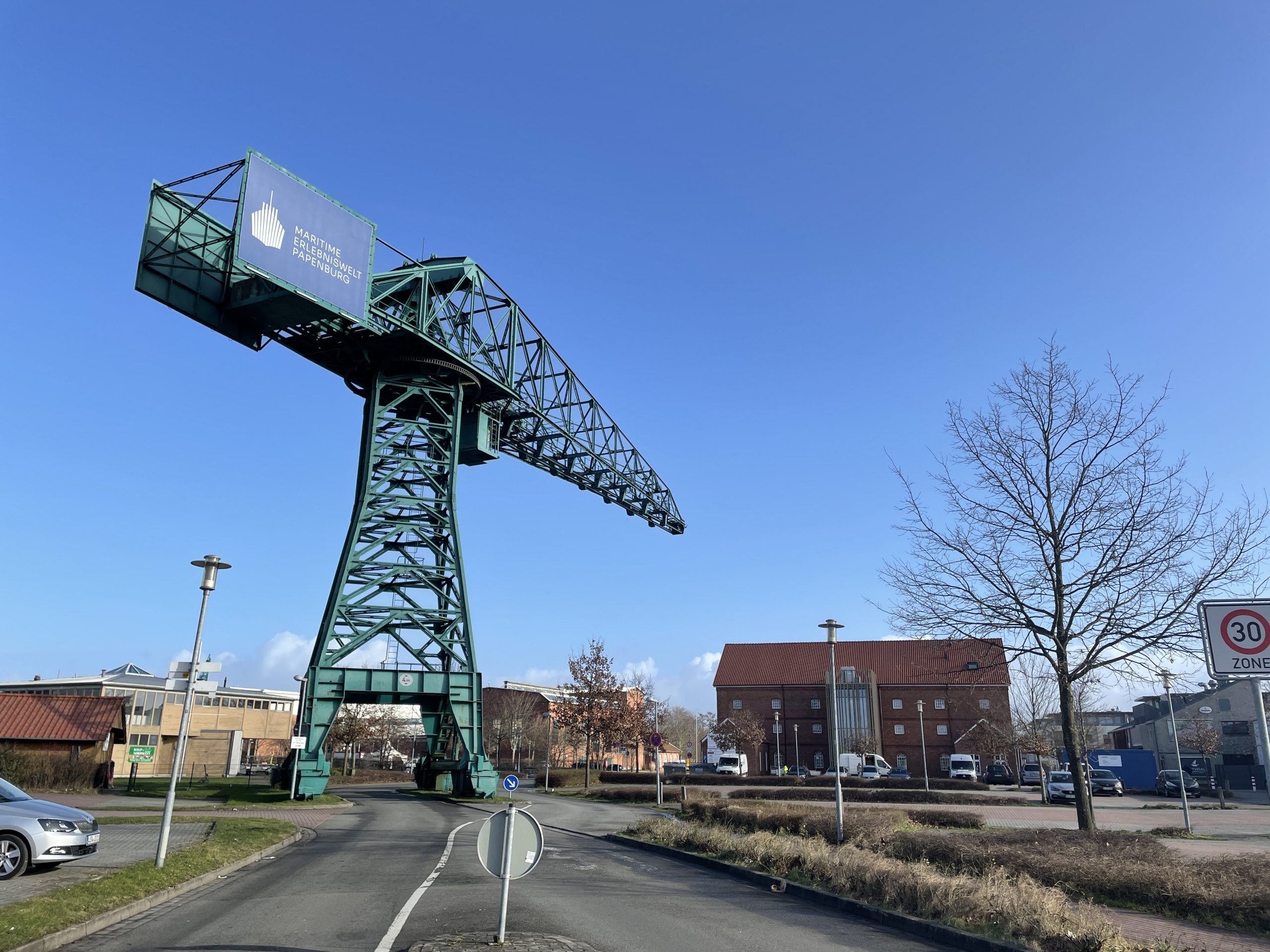
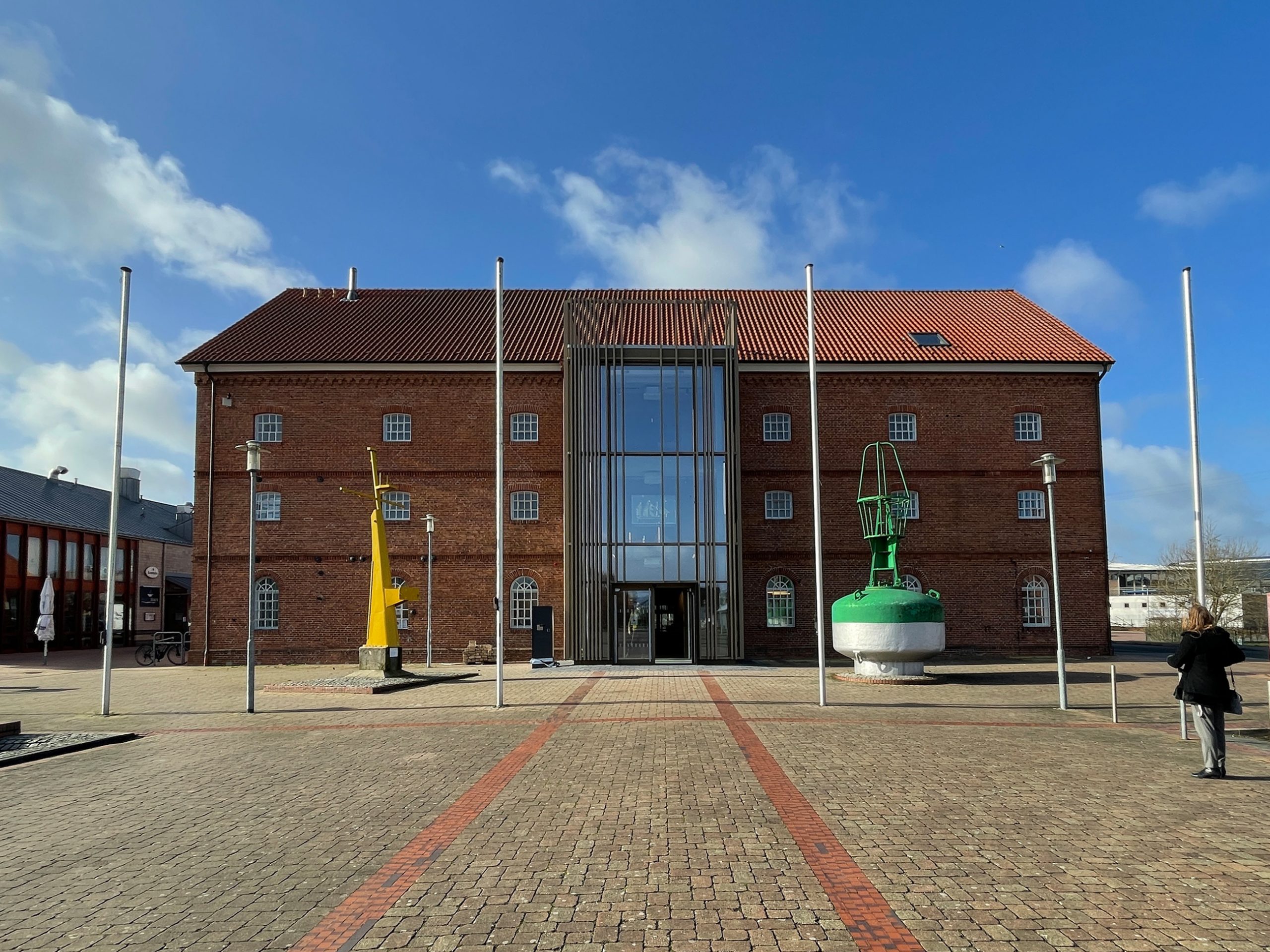
Developing Digital Strategies
In order to develop accordingly, a museum needs a suitable approach, a digital strategy. The main issue here is to create the link between the various multimedia applications. There is a change of perspective in management. Whereas technical innovations were previously seen as incidental projects, they are now a contemporary reflection of the quality of the content in the museum. With improved organization and new structures at the heart of development, the potential of new media can be properly recognized and also exploited. The museum thus responds to the social framework. Which technologies will be used, how exactly the structures will be expanded and with which attitude the museum will face the changes, all this is content that the digital strategy deals with. Thus, it also acts as an important decision-making aid in difficult decisions, such as the allocation of financial resources. The preferences and interests of the visitors must also be taken into account. Ultimately, they are the ones who respond to the technical support and learning experience. In all of this, however, the digital strategy is above all the common thread that ensures that all areas work in coordination and correlate with each other.
The example of the Maritime Erlebniswelt Papenburg shows what innovative city marketing with a functioning digital strategy can look like. Here, visitors can learn about complex content in an experience-oriented exhibition or in the form of videos and computer games on an area of approximately 1000 square meters. The work of the designers creates space for the sophisticated themes and additional information within the exhibitions related to the history and the process of creation of wooden and steel ships. The modern design makes learning more fun with the help of high-tech elements, as well as virtual and augmented reality.
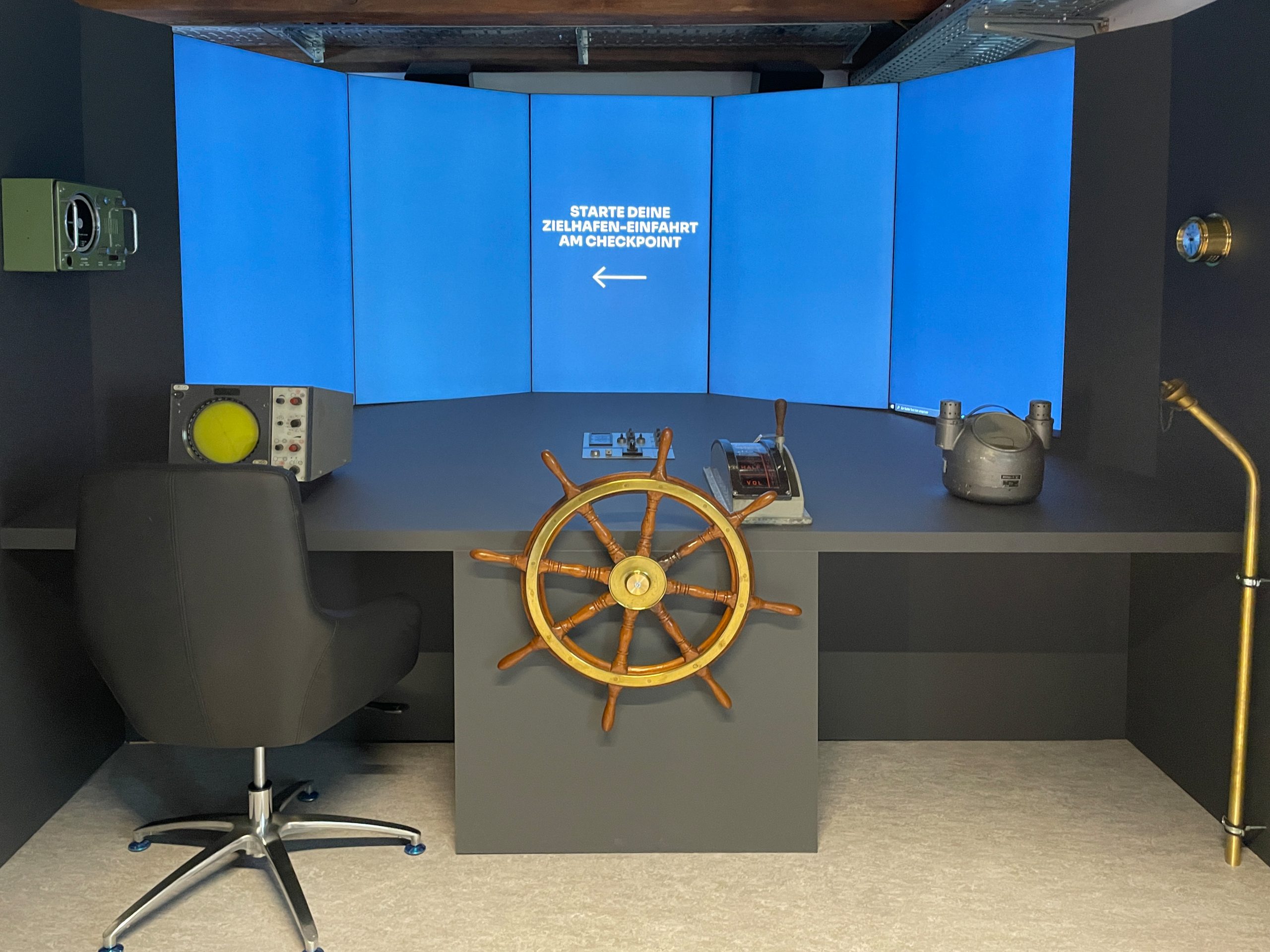
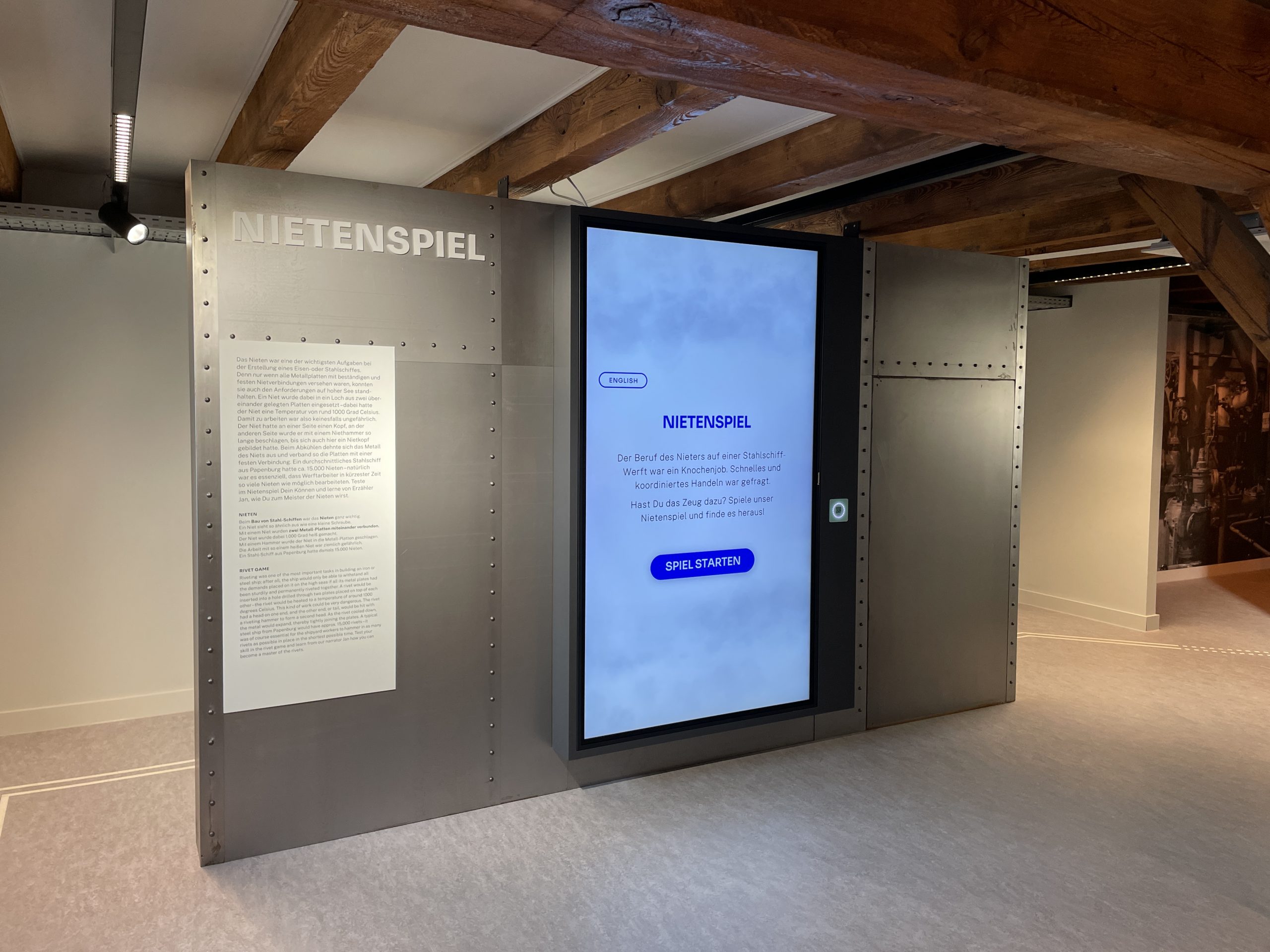
Game-based Learning
Funding, such as the Baden-Württemberg state government’s “Digital Paths to the Museum” program, gives cultural and art institutions the opportunity to create new opportunities for participation and experience in order to convey educational content in a contemporary way. The medium of games is also playing an increasingly important role here. Through elements such as chatbots, serious games and digital exhibits, visitors receive an individual and interactive learning experience.
Serious games, for example, are games developed specifically for the industries’ offerings. The difference with traditional digital applications is that they are not primarily for entertainment. Information and education should be provided in a balance with pleasure. Proper placement and connection of such content with its environment makes an exhibition more dynamic with innovative infrastructure.
This Is What Can Be Done With an App
The easiest way to digitize a museum without major reconstruction and communicate with different focus groups in the process is a museum app. External service providers can always be commissioned to integrate these into the museum workflow, as well as for their maintenance and support. As a result, important aspects such as the technical expertise required or the resources needed to implement digital offerings of this form are very manageable, while at the same time it is still possible to respond carefully and specifically to people’s needs. The effort is worth it, because ultimately the advantages of an app for a museum outweigh the disadvantages. A lot can be done with just the right data management of the newfound insights. These can go so far that they can be used to create concepts for designing the space or incorporating the interests of those who visit. All of this can then increase the length of stay at the facility.
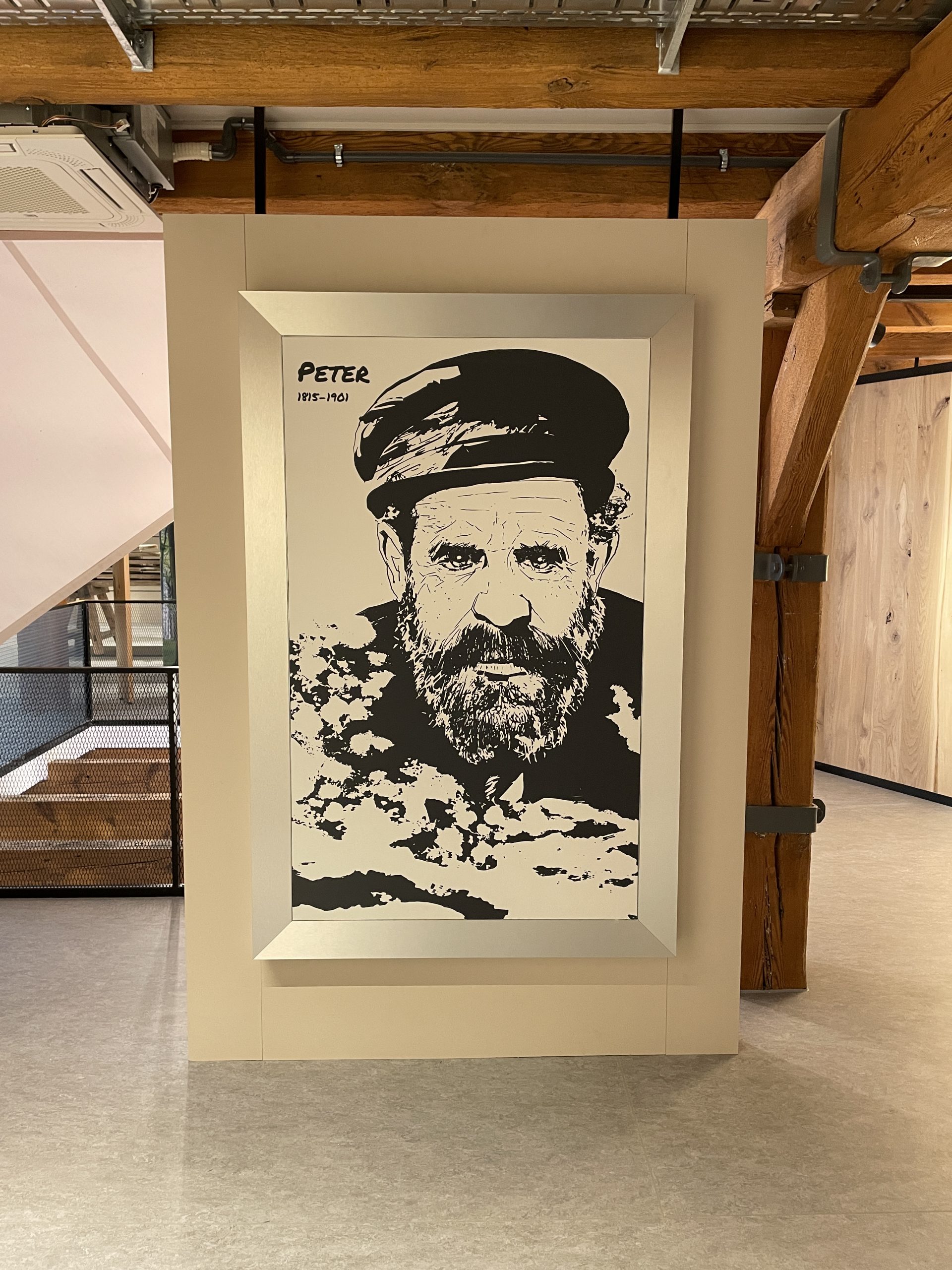
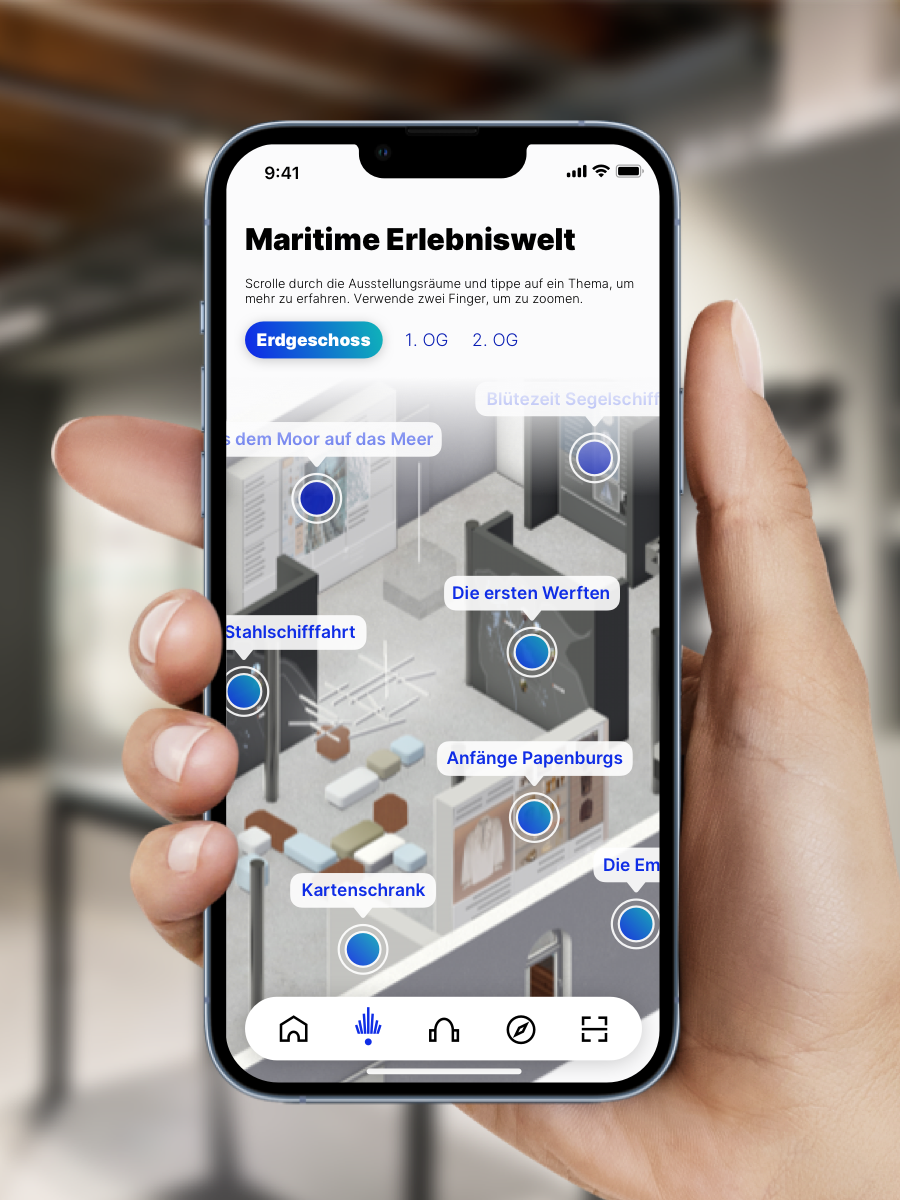
It’s the Little Things That Count
Often, different locations around the world come into question to illustrate the aspects of a livable city in different areas For translations, no additional lettering or panels need to be placed in the building and tours are possible even without guide staff. Many different functions, such as e-ticketing, an archive of past exhibitions, or surveys and competitions that contribute to long-term visitor loyalty, can be bundled in one app. Through an active interaction concept for the museum audience, the app can function as a communication tool in combination with social media.
But Here too There Is a Downside
In the past, museums often had to struggle with problems after releasing their own app, such as finding a suitable team of developers to supply the new technology or authors to write the content, so courageous institutions now often have to ask themselves how much security and success such an idea actually entails. After all, you also want to offer something to the users. For this, new content should always be available and the app should work. Many such ventures in the industry lost momentum relatively quickly over time and ultimately turned out to be a shot in the dark. Accordingly, many managements are still struggling with an inadequate feeling.
What the Solution for This Looks Like
In-house developments of museum apps entail a high level of risk for individual institutions. Problems are especially the lack of technical know-how and too few resources for a regular update and maintenance of the app. But we think these reasons shouldn’t keep museums from the great potential of having their own app. Therefore, with the knowledge of the challenges and needs of museums, we have developed our own solution, which offers innovative museums an attractive platform for their own application, far away from another siloed solution. Technical updates and new features come automatically from us and solve the eternal problem of maintenance and updating. Learn more about our solution here.
If you would like to find out more about us and our offer, please feel free to make a free appointment with us. We look forward to seeing you!
